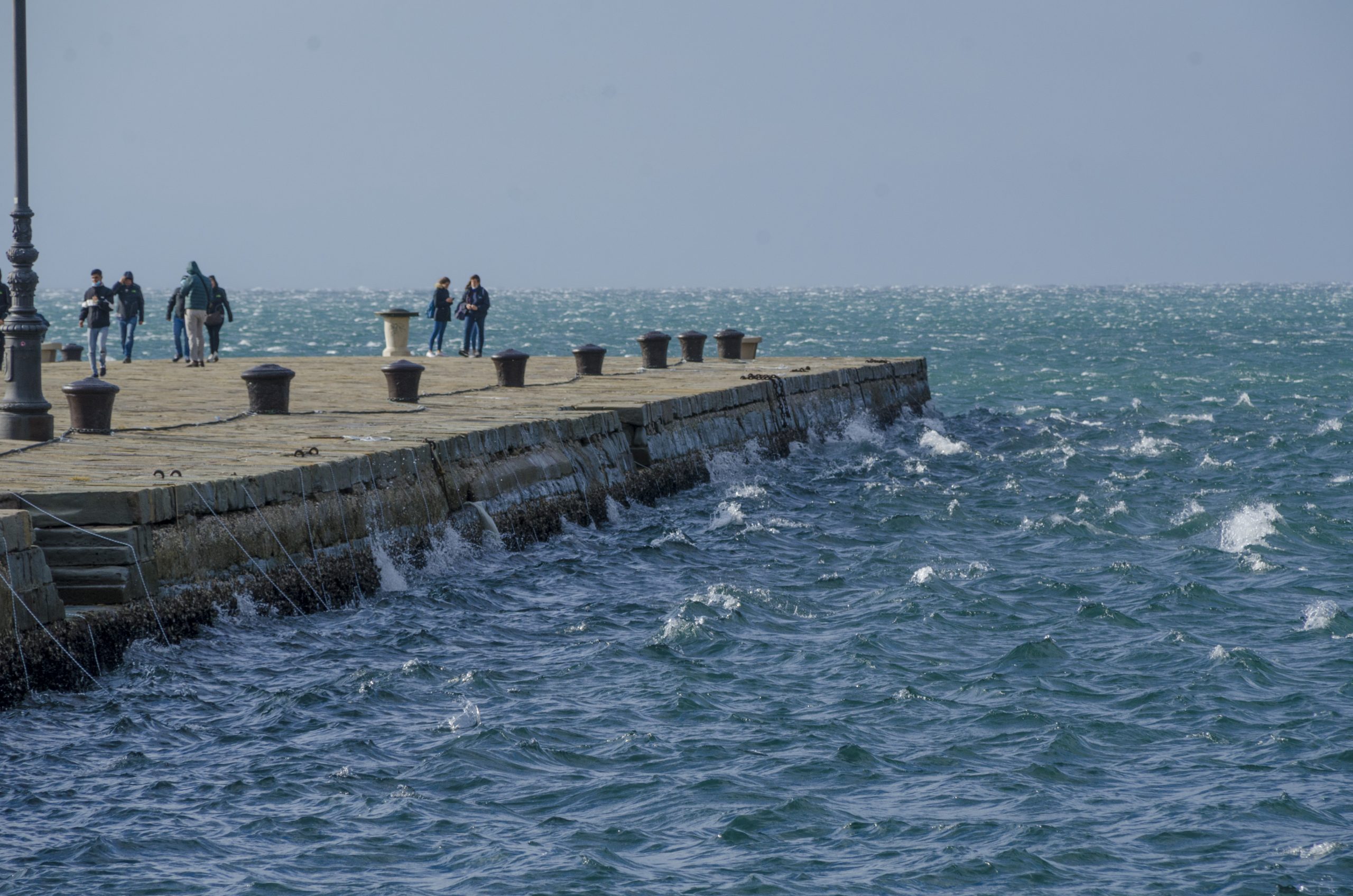by Guisela Chiarella
A growing number of young Italians are leaving the northeastern regions of their country in search of new lives abroad, according to a new study released this week.
The Flash Report 2025 by Fondazione Nord Est, a think tank focused on economic and social trends in the region, paints a stark picture of long-term youth emigration. Analyzing migration flows from 2011 to 2024 across northeastern provinces, the report finds that Italy’s northeastern territories are struggling to retain — let alone attract — young residents aged 18 to 34.
The numbers underscore a steadily worsening trend. In 2024, a record 11,491 people in this age group were removed from municipal registries due to relocation abroad — nearly quadruple the 2,864 recorded in 2011. Meanwhile, the number of young returnees remains relatively low: 2,282 people registered as returning in 2024, up from 890 in 2011.
The result is a net migration deficit of 9,209 people in 2024, compared to 1,974 in 2011.
While the report notes some regional variation in migration patterns, the overall conclusion is clear: the northeast is no longer perceived as a place of opportunity for many young people. “Although returns have increased from around 900 to over 2,000 per year, they remain a fraction of departures and never succeed in offsetting the growth in emigration,” the report states.
Part of the recent increase in official emigration figures may be attributed to stricter enforcement of residency rules, which has prompted more long-term expatriates to register with the AIRE — Italy’s registry of citizens living abroad. Many emigrants do not update their residency status immediately, either out of uncertainty about their move, simple oversight, or in order to continue accessing public services such as health care.
A Loss of Talent
Of particular concern to researchers is the loss of university-educated talent. Among young emigrants aged 25 to 34, the majority hold degrees — and the proportion is growing. In Padua, 65.7% of emigrants are now graduates, up from just 19.5% in 2011. Similar trends were noted in Trento (63.1%), Trieste (61.6%, up from 5.3%), and Venice (61.4%, up from 17.8%). Cities with universities appear especially affected. Other provinces, such as Vicenza and Pordenone, fall below the average but still show notable increases, while Bolzano records the lowest share, at 35%.
The figures reflect a broader dilemma: Italy continues to invest in the education of its youth, only to see a growing share of them leave before contributing their skills to the domestic economy.
Trieste, a Quiet Exception
Yet amid the outflow, there are signs of movement in the opposite direction — particularly in places like Trieste. The Adriatic port city, known for its mix of cultures, science institutions, and quality of life, has quietly begun attracting international residents.
Among them is Julius, a young professional from Australia, who moved to Trieste seeking a slower pace and a more livable city. “I didn’t come for the weather,” he said, “but there’s something about this place — the sea, the history, the scale — that made it feel like home almost immediately.” Julius is working downtown Trieste at a local business and is hoping to stay at least four years in the region.
Julius is part of a small but growing trend: while many Italians leave in search of better opportunities abroad, some foreigners are discovering Italy — and Trieste in particular — as a destination of choice. These stories, though fewer in number, offer a counterpoint to the dominant narrative of departure and hint at the potential for renewal in cities that can successfully balance quality of life with professional opportunity.
Still, for many young Italians, especially those from the northeast, the message remains unchanged: the future, at least for now, lies elsewhere.































